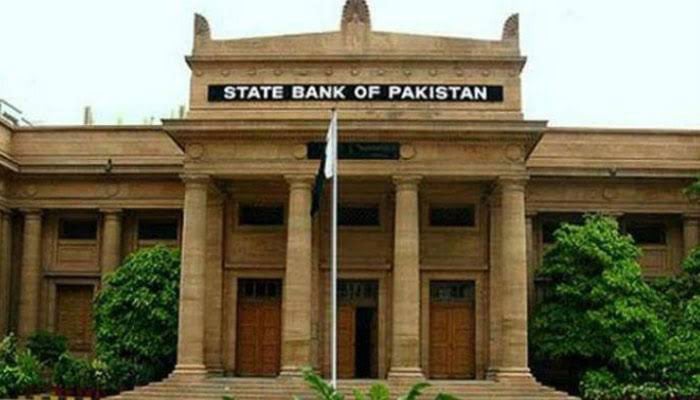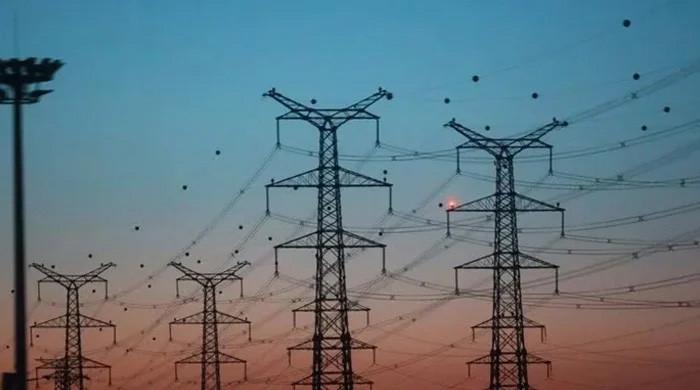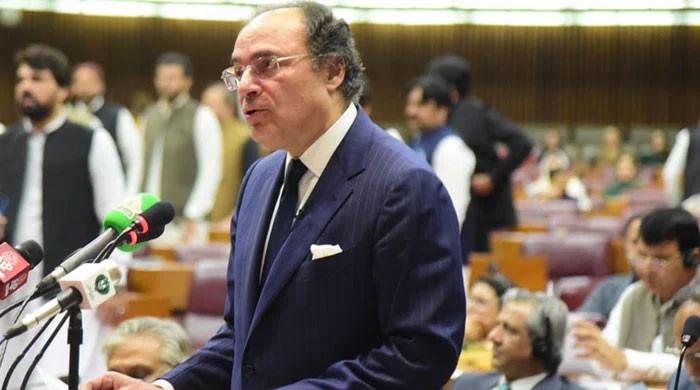Public debt rises to Rs34.1 trillion in first nine months of FY 2019/20
Domestic debt rose to Rs22.4 trillion at the end of March, 8.422% up from Rs20.731 trillion at end-June last year, figures from SBP showed
May 13, 2020

KARACHI: Public debt rose by Rs2.3 trillion in the first nine months of the current fiscal year of 2019/20 as the government’s budget financing needs continue to increase with revenue constraints, the central bank’s data showed on Tuesday.
The State Bank of Pakistan’s (SBP) data showed that public debt stood at Rs34.1 trillion at the end of March 2020, up by 7.4% from Rs31.7 trillion in June-end of 2019.
The government adhered to its commitment of zero borrowings from the central bank and mobilised funds through commercial banks and national savings scheme to finance the budget deficit.
Weaker tax revenues and higher interest payments incurred by the government amid tight monetary policy also led to a surge in domestic debt in the period under review.
The domestic debt was Rs22.4 trillion at the end of March, 8.422% up from Rs20.731 trillion at end-June last year. Foreign debt rose 5.45% to Rs11.658 trillion, according to SBP.
External debt increased in dollar terms on account of fresh borrowing from multilateral and commercial sources and a fall in the rupee value contributed towards a higher foreign debt.
According to economist Ashfaque Hasan, the COVID-19 stimulus spending would further push public debt and budget deficit higher this fiscal year.
“Huge stimulus to support the country’s economy through the coronavirus crisis will compel the government to borrow a big amount from the domestic and external sources this year,” Hasan said. “We are going to face a large budget deficit and public debt this year due to the pandemic. As a result of fighting the spread of the virus, expenditures will go up and revenue will face a shortfall.”
Hasan, who is a former adviser to finance ministry, said the fiscal deficit is expected to be 9 to 10% of gross domestic product by the end of FY2020. He said that external debt and liabilities will likely rise to $120 to 121 billion which will take the public debt to 90% to GDP this fiscal year due to a sharp decline in growth and surge in the fiscal deficit.
Hasan believes a further slash in interest rates would help the government to keep its interest payments down in the coming months.
The government has already warned that the fiscal deficit could surge to 9% of GDP, while it might miss a tax revenue target that it had recently agreed with the International Monetary Fund (IMF). The revised target for the tax revenue in FY2020 is Rs3.9 trillion.
The government is facing a slump in tax revenues due to lockdown and the stoppage of the economy amid coronavirus outbreak.
IMF said the country’s public finances are expected to come under significant pressure. The primary deficit is now expected to deteriorate to 2.9% of GDP in FY 2020 (from 0.8% expected earlier) due to a 1.8% point decline in tax revenue relative to the pre-virus baseline, and the needed higher spending to support the health response, social safety nets for the very poor, and employment.
“Pakistan’s public debt is assessed to be sustainable, but risks have increased. The COVID-19 shock will, unfortunately, reverse the decline in public debt in recent months on the back of the authorities’ fiscal consolidation efforts,” it said in a recent report.
Debt relief likely to be provided by the G20 countries could be positive for the public debt profile for Pakistan. Debt servicing to G20 countries worth $1.8 billion till December 2020 is currently under the process of rescheduling. The country is not seeking any commercial loan rescheduling until now.
Originally published in The News











